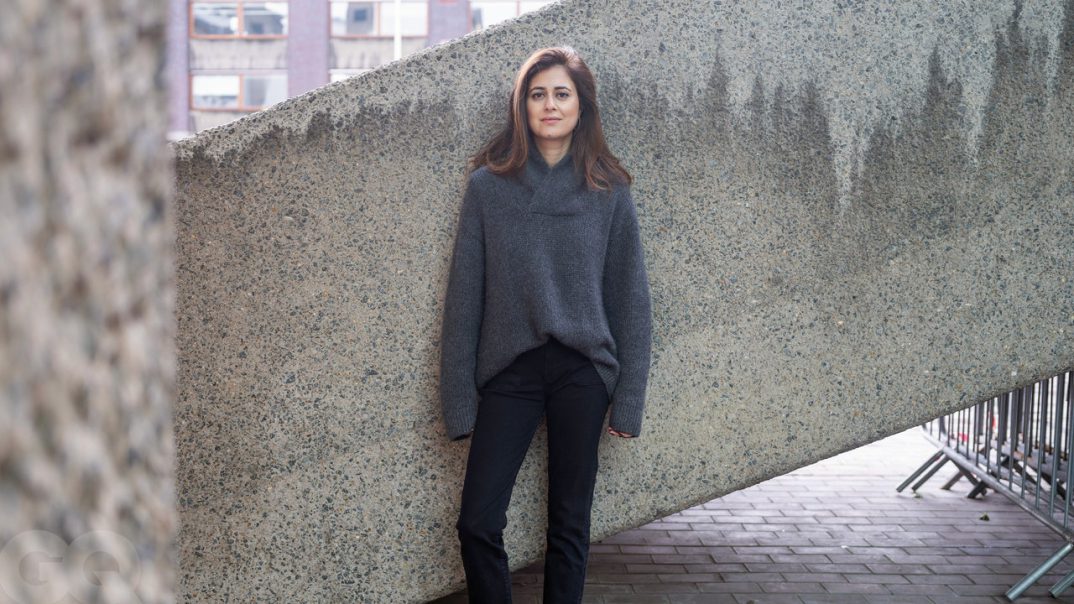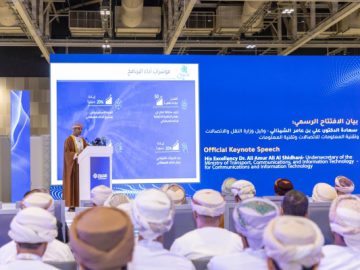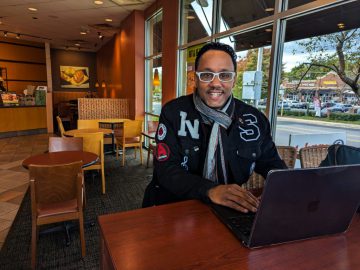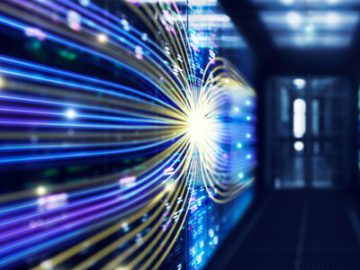Want to know whether AI will soon have its own masterpiece hanging in the Louvre? Suhair Khan is the person to ask for a straight answer. As the founder of Open-ended and a Google Arts and Culture alumni, few people are better attuned to assess tech’s impact on art, and explain why an algorithmically generated Monet will soon be the least of our problems. “I’m a bit bored by it all – AI is a lot more than generative AI,” Khan tells British GQ. “There is a next step as to where we go with this. What does it mean to create if only a bot is listening? What does it mean for no humans to be employed by a movie production company?”
By grappling with these questions before the answers are dictated to us by a Silicon Valley monolith, Khan is bullish about tech and art’s potential to coalesce for the better. While Google, Meta and Microsoft all rush to smarten up their large language models so that they don’t recommend glue as a pizza topping or eating rocks as one of your five-a-day, a mindset shift is required. One where we all make peace with what real art looks like, and how much control we should have over the creative process.
“I believe we’ll be more curators than artists in some ways,” she says. “But in other ways, people will still write great novels, people will still read them and stories will matter.”
Truth be told, though, Khan was never meant to be an art person. “I was always the nerd who did nerd stuff,” she says. That’s despite coming from a family of creatives – mother, Asma Rashid, has run Satrang Gallery at the Aga Khan Foundation’s Serena Hotel for 12 years and co-founded Art Divvy with Suhair’s sister, Zahra. Together, they co-curated Pakistan’s first-ever pavilion at the annual Venice Biennale cultural exhibition in 2019 and today run numerous popular art installations all around the world.
Instead, Khan took up investment banking on Wall Street and promptly hated it. “You just work all the time, the people yell at you and say, ‘You get paid a lot of money so you should be happy about it,’” she says. But after one too many 3am calls from her MD, Khan decided to pack it all in. She duly found herself on a masters course at Harvard before making her way west to Mountain View, California in 2010 where the now founder of Open-ended – “a creative incubator and research lab for emerging tech & AI” – worked at Google for 11 years, including a four-year stint leading on Google’s Arts & Culture project where museums like The Met, MoMA, the Tate, as well as 2,000-plus other cultural institutions across 80 countries, made their work publicly available online.
With Open-ended, Khan has taken inspiration from those who’ve already crossed the disciplinary divide. In an era when ChatGPT can almost code a website for you, it’s vital to understand what makes for great design and how machine learning can be harnessed by artists. She rhapsodises about the work of Alexandra Daisy Ginsberg, who uses AI and synthetic biology to explore nature and humanity’s ever-changing dynamic, Refik Anadol’s algorithmically created colourscapes, and Natsai Audrey Chieza, whose company Faber Futures creates sustainable materials and dyeing techniques for use in material manufacturing.
“I like Daisy’s work because she’s an artist and she is not a coder,” says Khan. “So she’s figured out how to work with code to push and to manifest new outcomes for her work.”
These creatives have all embraced the opportunities that technological innovation has afforded their art and in doing so have brought something entirely new to the culture. If the recent use of mushroom leather by Hermès, Adidas and Balenciaga in products is anything to go by, these new design principles are already having an impact on what we wear and how it’s made. “I hope that we’re not using leather at all in the next few years and people won’t think about the fact that something is made of mushroom leather, pineapple letter or fermented bacteria dye,” says Khan.
By embracing this ethos, the hope is that a new generation of designers can bend tech’s changing landscape to their whims. Better still, its development will be shaped in a way that’s inclusive and sustainable. Khan might not have grown up as an artist, but in forging this emerging creative community her work remains a thoroughly family affair.




